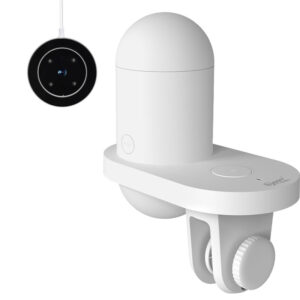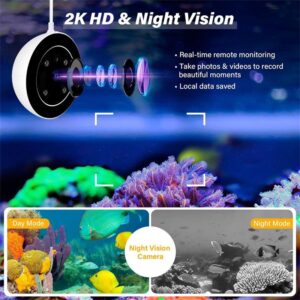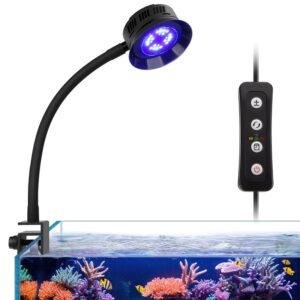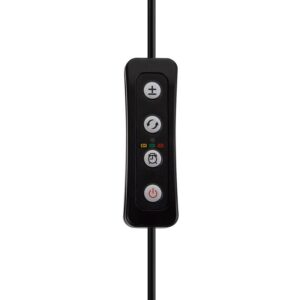How to Lower Phosphates in Reef Tank
Keeping an aquarium filled with live coral is a fascinating hobby. This type of aquarium features many unique species, each of which requires specific conditions for proper growth. You’ll also want to test the water frequently for contaminants, and you’ll want to change it frequently. You’ll find marine products in all kinds of fish tanks and reef tanks.
The parameters that need to be monitored in an almost perfect tank include calcium, alkalinity, salinity, temperature, PH, magnesium, phosphate, and ammonia. Of these, phosphate is a particularly important parameter. Phosphate concentration should be kept below 0.03 ppm, too high or too low phosphate in reef tanks is not recommended.
On one hand, too high phosphate will cause corals and coralline algae to slow down the formation of calcium carbonate skeletons, which is a hindrance to their normal growth. On the other hand, too much phosphate can lead to overgrowth of algae. Low phosphate, or simply close to zero, is not a good thing from the experience of most fishkeepers and experts, and can also cause some kind of damage to the tank, even directly leading to the death of the reef.
Everyone wants the perfect tank, but as the adage goes, “Rome wasn’t built in a day.” A perfect tank needs to be built little by little, down to parameters as small as phosphate. In this article, we will share with you how to reduce phosphate in a reef tank. We hope this article can be helpful or enlightening to those who love reef tank keeping.
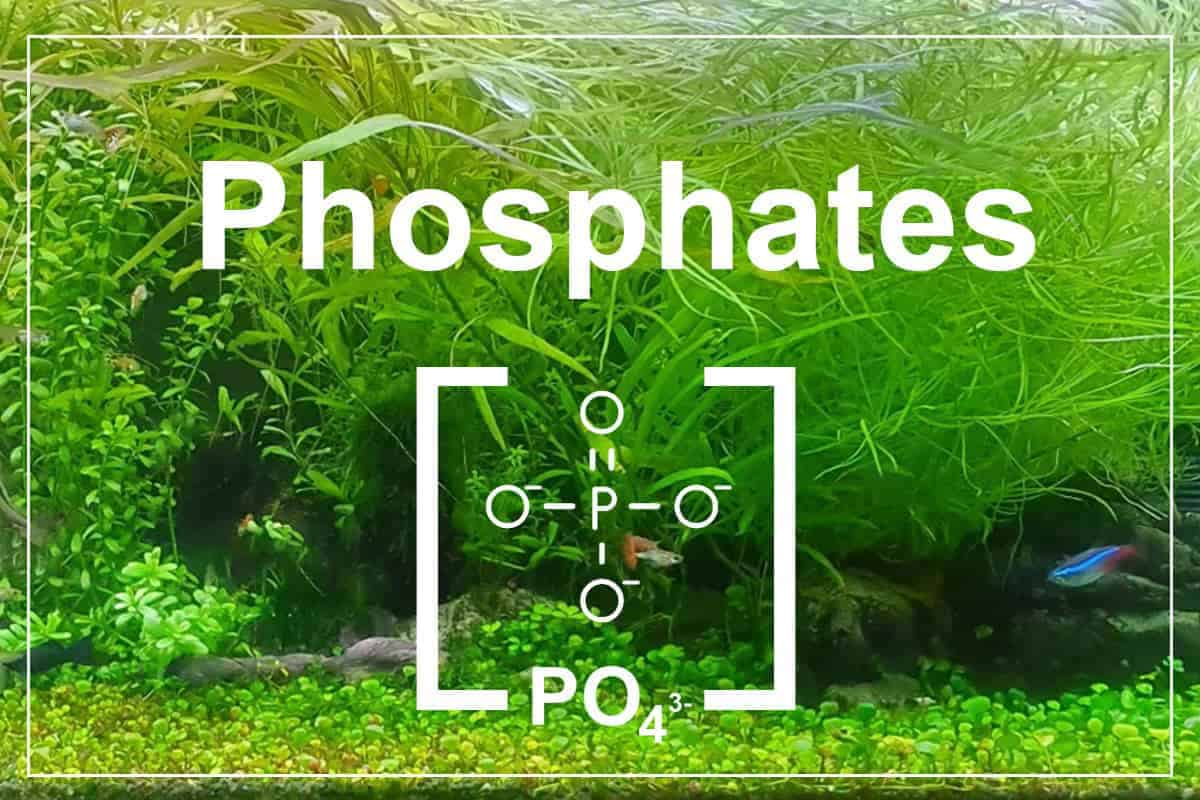
What is phosphate? Why should I reduce phosphate concentration in the reef tank?
If you’re new to reef tank keeping, you’re probably wondering what phosphate is. Usually, we refer to all phosphates in the aquarium collectively as PO4, and phosphates can be divided into two forms: organic phosphorus (phosphate) and inorganic phosphorus (orthophosphate PO43-). Organic phosphorus is an important nutrient required for the growth and development of plant or animal tissues, and this is mainly formed during biological processes. Similar to the “nitrogen cycle”, organic phosphorus is constantly being consumed in the aquarium, while new ones are being produced, always changing.
Inorganic phosphorus is the phosphate dissolved in water, we use testers, and testers to measure the concentration of inorganic phosphorus. Inorganic phosphorus is easier to control by chemical means than organic phosphorus.
Phosphate, or PO4, is a compound of Phosphorus (P), one of the top 14 out of 70 trace elements found in natural seawater that are considered to be essential for saltwater aquarium and reef tank systems. The normal PO4 level in the ocean is 0.07 ppm.
Too high a phosphate concentration will not directly harm your coral, but it will promote the growth of algae, which compete for oxygen in the tank in a lightless environment, indirectly causing harm to the fish. Also, too high phosphate will inhibit coral calcification, hinder coral growth, and have a huge impact on coral color, too high concentration will cause coral to turn brown, and too low concentration will cause coral to overall white. As a result of this, it’s important to limit the amount of phosphate in your tank.
However, Research found that the concentration of nitrate and phosphate between the “best ratio”, nitrate concentration/phosphate concentration if in 1 / 10 or so, fish tank water quality will be in balance, once the ratio deviates too much, the tank will have various problems.
So in the control of phosphate, we must pay attention to the concentration of nitrate, even if your phosphate concentration is zero, once the nitrogen and phosphorus ratio is out of balance, the tank is either algae crazy growth, or corals show a sick state.
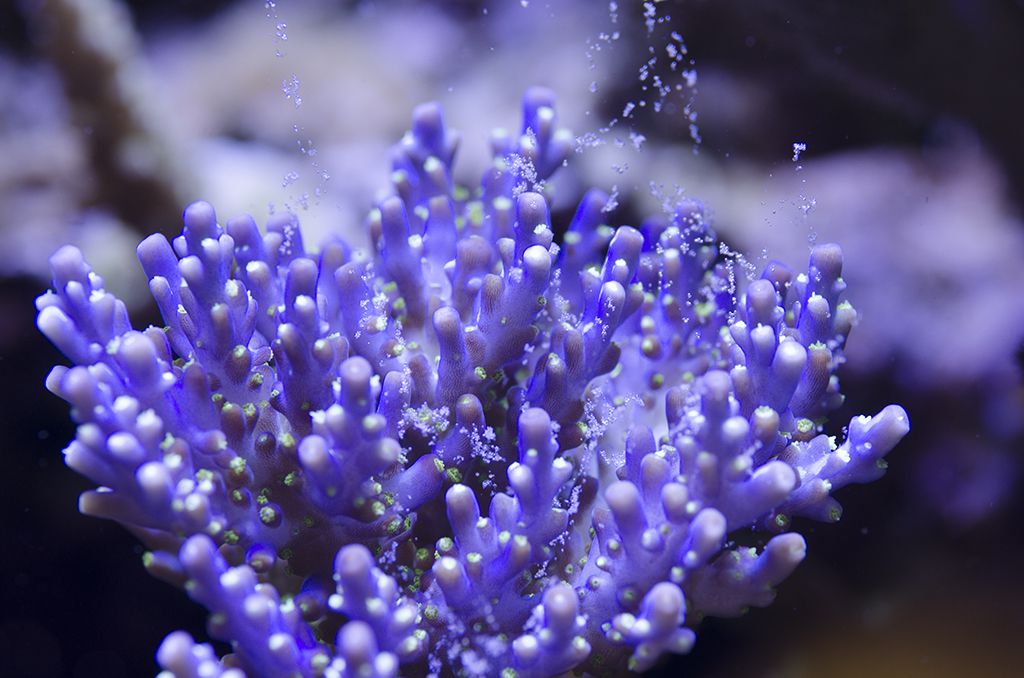
What causes high phosphate levels in reef tanks?
To control phosphate in fish tanks, we first need to understand the source of phosphate: how phosphate enters the tank.
- Food: phosphorus is a component of most substantial food, whether it is fish food or coral food, excessive feeding is bound to significantly increase the concentration of phosphate in the tank, which is the most significant source of phosphate.
- Decaying plants, animals, and biological feces are another source of phosphate.
- Some activated carbon carries phosphate, which will be released gradually when used.
- Phosphate is carried in tap water.
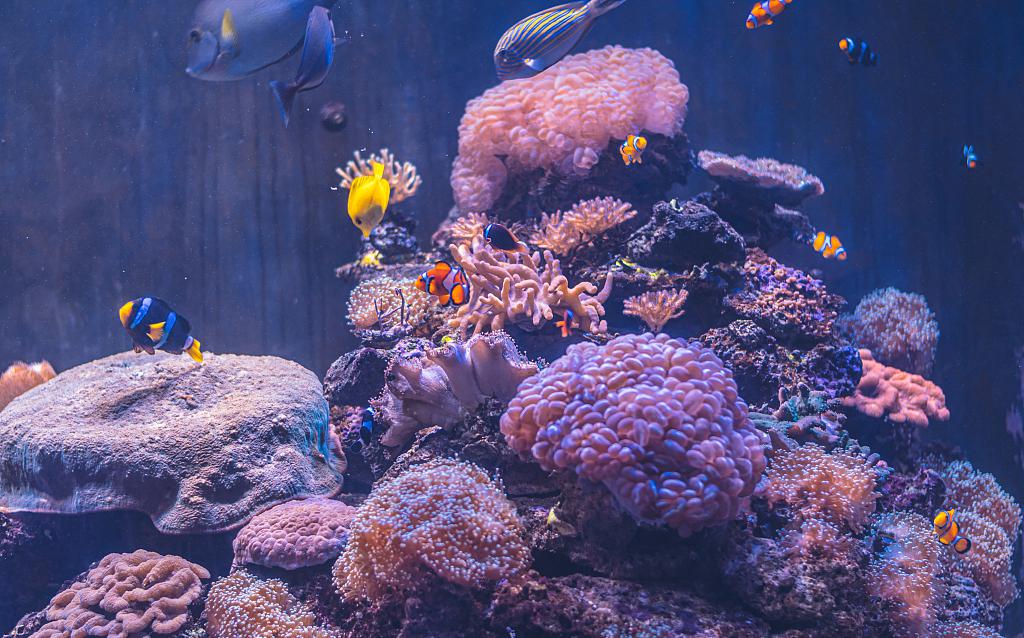
How to lower the phosphate value of reef tanks?
High phosphate levels in reef aquariums are a source of algae and can cause problems for your fish. Luckily, there are some simple steps you can take to help reduce phosphorus levels and keep your aquarium healthy. Using a protein skimmer to clean the water in your reef tank is a good way to reduce phosphate levels, but you must make sure to empty it regularly.
The first step in lowering the phosphate content is changing water as frequently as possible. A general rule is to change 10% to 20% of the water in your aquarium every week. This will make your phosphate levels much more manageable. You can also try introducing a macroalgae farming program or using a magnetic algae scrubber. The good news is that there are many macroalgae available that will consume phosphates from the water.
Sometimes, Phosphates are toxic to your fish, especially if your tank contains a high level of it. To reduce the level, you can use carbon or phosphate-absorbing products. Besides phosphorus, you should also try a nitrogen-fixing system. These systems are very effective and easy to maintain, but they require that you purchase a separate phosphate skimmer.
If you are worried about the phosphate value in your reef tank, consider installing a protein skimmer in your aquarium. These devices remove excess dissolved organic matter and phosphate from the water. The algae can then digest the phosphorus and keep phosphate levels low. Once this is done, you can begin to monitor the nutrient levels in your tank. If you have a reliable method for lowering phosphates, then you can monitor the results of it and keep a low PH level.
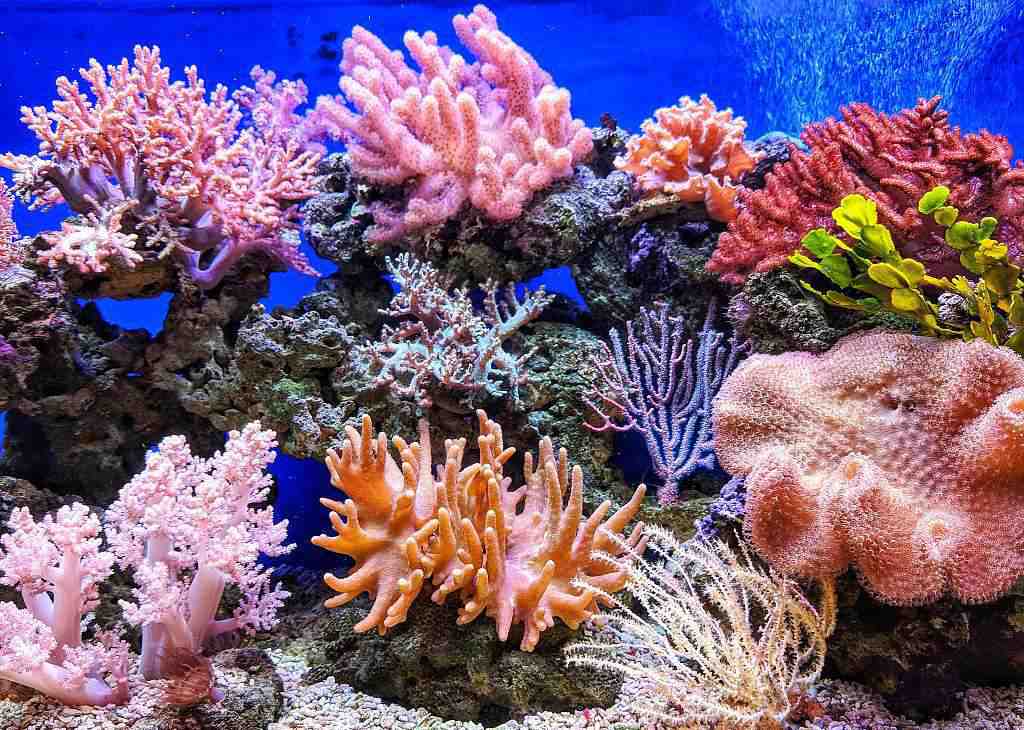
Keep in mind
When phosphate levels in your reef aquarium are too high, you should do something to remove them before the phosphate level rises too much. You can do this by increasing your dilution rate, and by controlling the growth of algae. If you want to reduce the overall phosphorus level, you should use a reactor to kill algae. The algae in the reactor will starve the good bacteria in the tank, and you should remove them as soon as possible.
There are various ways to remove phosphate from your tank. Pellets and probiotics are two common methods. Both are easy to use, and you can choose any that best suits your needs. Both require the daily addition of a food source and bacteria, which can be challenging to manage. Most experienced reefkeepers have tried many different methods, and they all have their favorites. It’s important to experiment and try different methods until you find the ones that work best for you.
The most common way to reduce phosphate levels in your reef tank is to use a binding media like clay. If you want to decrease phosphate levels, you can use granular ferric oxide (GFO), which is a phosphate absorber and collector. Adding GFO to your reef tank can reduce phosphate levels in the water and help your aquarium fish survive.
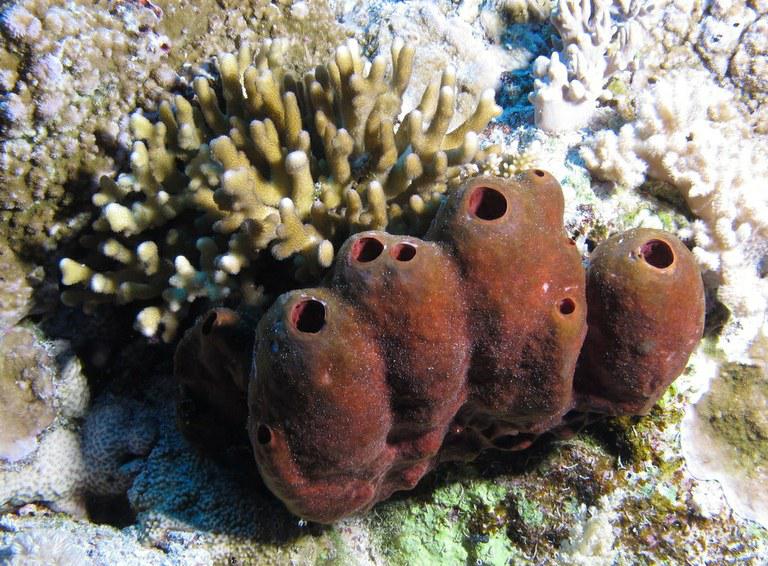
How to test for phosphate
If you have a new aquarium and wondering about how to test phosphate levels in reef tanks, this part will provide you with the answers you need.
The first step is to check the water. It is important to check for phosphates before you start to avoid any unpleasant surprises. You should try to reduce the level of phosphorus by increasing the flow. To do this, you can use granular ferric oxide, also known as Rowaphos or PF. You can place the granular PF in the tank by putting it in a high-flow area. When used regularly, it will absorb phosphate until it is spent and should be replaced monthly.
High levels of phosphates can be removed with the help of a phosphate-absorbing resin. Several different absorbing products are used for lowering the PH level. Rowaphos is one of these. Another option is to place the PF in a reactor. This is a tube that is filled with the PF and carbon remover. The tank water is pumped through it. The reactor tumbles the media so every surface can absorb nutrients. Some reef tank owners use several reactors to achieve their desired phosphorus removal.
The main cause of high phosphate levels in reef tanks is dead reef rock, also known as tufa rock, or crushed coral substrate. The latter is more likely to contain large amounts of phosphates than the former. While some phosphates are tightly bound, others may break loose and dissolve in the right biochemical conditions. You can perform a soluble phosphorus test by placing a small sample of the water in a bucket. This will tell you whether or not the phosphate content is high or low, or even if you need to make a change.
A reef tank is the closest thing gets to a real reef
Here are some tips to keep your aquarium running smoothly:
First, an ideal reef aquarium mimics the conditions of the ocean, with low pH and low CO2.
This is important for corals because they need calcium and magnesium to remain healthy and vibrant. Regular testing of the parameters is essential to maintain the correct elemental balance. This means that you should periodically add back the nutrients you remove, and do partial water changes to maintain the right level of each element. If you don’t have a reef tank, you may consider creating a separate aquarium for fish.
Second, the thing you need to consider when setting up a tank is how much water will be.
Using a standard fish tank size will give you the best results, but remember that you should still allow for a certain amount of space between different types of corals to ensure they don’t compete with each other. A good rule of thumb is to leave at least an inch between each type of coral.
The next thing you should consider is the size of the corals. It is one of the most important factors. You want a space between the corals, if you mix up different species, you’ll have a problem with keeping your tank crowded. The best way to create an atmosphere that fosters growth is to keep corals close together. However, it’s not uncommon to see this kind of arrangement in bare-bottom tanks.
The most important characteristic of a reef tank is its water flow. If you don’t have a constant flow of water, your tank will become crowded and unhealthy. The characteristics of a good reef tank may include coral growth, abundance of invertebrates, and low dissolved oxygen. If these are your main concerns, then you can begin to build your new aquarium. You can add a variety of other species but don’t get carried away and buy every fish available.
Third, learn to control phosphate in a reef tank. Although high concentrations of phosphates in your tank can be extremely harmful, luckily, there are several methods you can use to reduce phosphorus. One way to limit phosphate in your reef is to employ a nutrient reactor or a PH-control reactor, and an aquarium dosing pump can make the work a piece of cake. This will help limit the amount of phosphorus present in the water.
Conclusion
A reef aquarium has the most realistic conditions for coral growth. Compared to a typical aquarium, a reef tank is the closest thing you’ll ever get to a real reef. While you’ll need to be sure to maintain the correct salinity and water chemistry, you’ll also need a proper water movement system. Without this, your reef tank will suffer.
Anyway, sincerely hope you can have a perfect reef tank.

